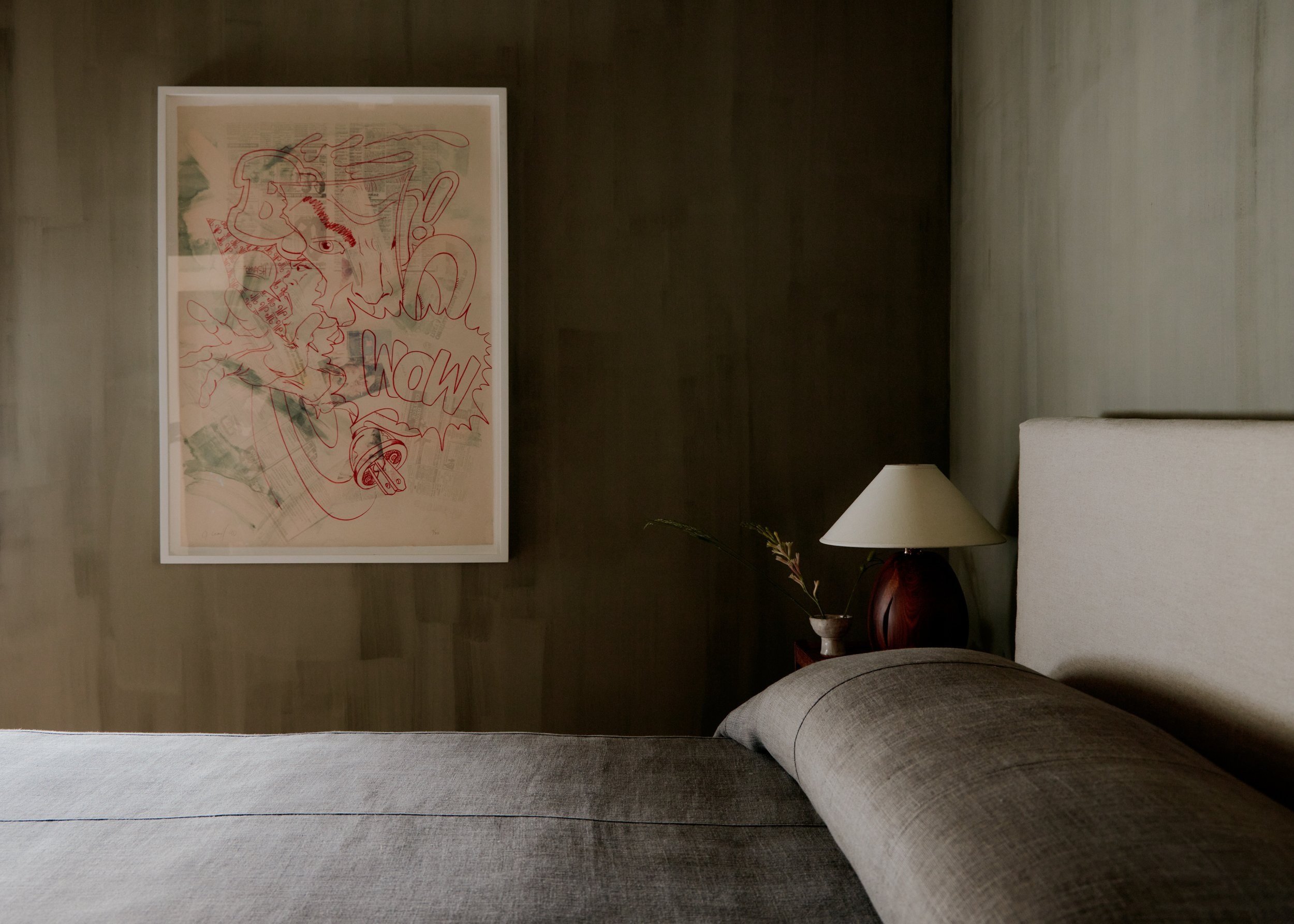
What is Tadelakt?
Tadelakt is a traditional Moroccan plastering technique that produces a waterproof, smooth, and shiny surface. It is typically used to cover walls, ceilings, and other surfaces in bathrooms, kitchens, and hammams (traditional Moroccan steam rooms). Tadelakt has been used for centuries in Moroccan architecture and is known for its durability, versatility, and aesthetic appeal.
Here's how Tadelakt is typically made and applied:
Ingredients: Tadelakt is made from natural materials, primarily lime plaster (often composed of lime putty or hydraulic lime), sand, and water. Sometimes additives such as animal fats or soaps are incorporated to enhance the waterproofing and polishing properties of the plaster.
Preparation: The surface to be covered with Tadelakt is prepared by applying multiple layers of lime plaster. Each layer is allowed to partially dry before the next one is applied, resulting in a strong and stable base.
Application: Once the base layers have been applied and allowed to set, the Tadelakt plaster is applied in thin coats using a special technique. The plaster is worked with a wooden trowel and polished with a smooth stone or agate to create a seamless, shiny surface. This process can be labor-intensive and requires skill and patience to achieve the desired finish.
Finishing: After the Tadelakt plaster has been applied and polished, it is left to cure and harden for several days. Once fully cured, the surface can be burnished with a soft cloth or polished with olive oil soap to enhance its shine and water resistance.
Maintenance: Tadelakt surfaces are naturally waterproof and resistant to mold and mildew, making them easy to clean and maintain. Periodic resealing with olive oil soap or other compatible products may be necessary to maintain the surface's waterproofing properties over time.
Tadelakt is prized for its beauty, craftsmanship, and practicality, making it a popular choice for both traditional and contemporary architecture and interior design. Its smooth, seamless finish and waterproof properties make it particularly well-suited for wet environments like bathrooms and kitchens.

